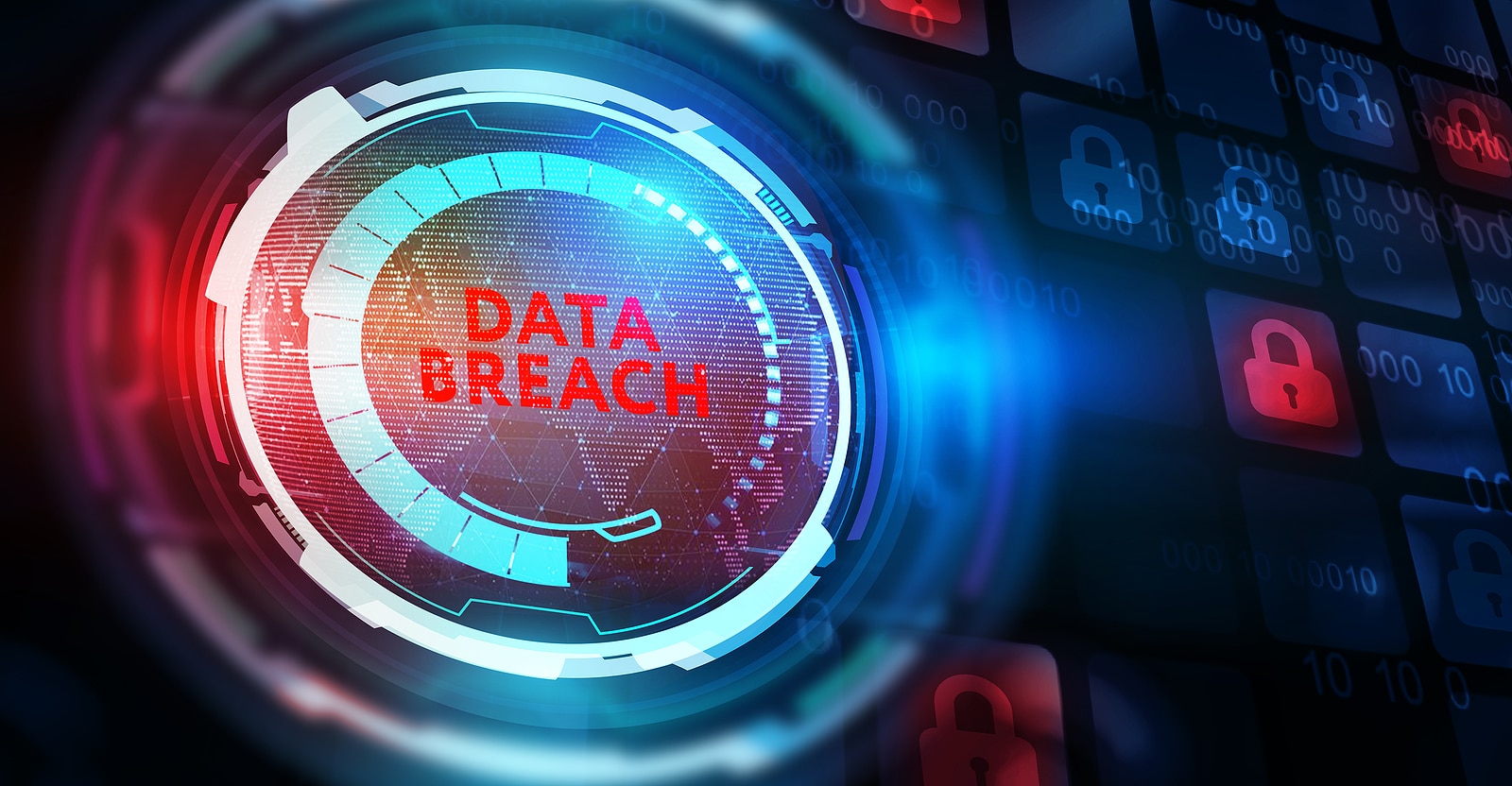Comprehending the Function of Data Destruction in Fortifying Cyber Security Defenses
Comprehending the Function of Data Destruction in Fortifying Cyber Security Defenses
Blog Article
The Value of Effective Data Destruction Practices in Safeguarding Sensitive Details and Ensuring Computer Safety And Security
In an age where information violations are significantly common, the importance of efficient data destruction techniques can not be overstated. Organizations face considerable risks when delicate information is improperly disposed of, possibly bring about unauthorized accessibility and serious financial effects. Carrying out durable data devastation approaches not just alleviates these risks yet also straightens with legal compliance requirements, guaranteeing that companies maintain their online reputation and foster customer count on. The question continues to be: what specific strategies can be employed to improve these techniques, and just how can organizations successfully incorporate them into their overall cybersecurity framework?
Understanding Data Devastation
Understanding information devastation is important in today's electronic landscape, where delicate information can quickly be jeopardized. Efficient information devastation involves not simply erasing documents but ensuring that information is irretrievable via detailed approaches. This process is essential for companies that handle private customer info, copyright, or interior files, as any type of breach can lead to serious financial and reputational effects.
Information destruction includes various strategies, including shredding physical media, degaussing magnetic storage space tools, and utilizing software-based services that overwrite data multiple times. Each approach serves a particular purpose and has to align with the sensitivity of the information being dealt with. Physical devastation is commonly preferred for hard drives containing extremely confidential information, while software application methods could be enough for less delicate information.
Additionally, adhering to market standards and policies, such as the General Data Defense Policy (GDPR) or the Medical Insurance Transportability and Responsibility Act (HIPAA), is imperative for compliance and to reduce lawful risks. Organizations should create a robust information destruction policy, train employees on finest methods, and regularly examine their treatments to guarantee that all sensitive details is taken care of safely and properly.
Risks of Inadequate Practices
Insufficient data destruction practices expose organizations to substantial risks that can have far-ranging repercussions. When sensitive info is not effectively thrown away, it remains at risk to unapproved accessibility, which can lead to data violations and identification burglary. Such occurrences not only compromise the safety of people yet additionally tarnish the organization's reputation, resulting in a loss of client trust and prospective monetary effects.
Furthermore, regulatory compliance is significantly stringent in lots of industries. Failing to abide by information damage regulations can lead to large penalties and lawful actions versus organizations. These penalties can draw away and stress financial resources attention from core service procedures.
In addition, the abuse of residual data can result in copyright burglary or business reconnaissance, jeopardizing competitive advantages (data destruction). The influence of poor information devastation prolongs beyond immediate economic losses; it can additionally cause lasting damage to brand integrity and market setting

Organizations must acknowledge that data safety is not only about stopping violations; it likewise incorporates the accountable monitoring of information throughout its lifecycle. Disregarding effective data damage procedures can have devastating implications, underscoring the requirement for robust actions to mitigate these risks.
Ideal Practices for Data Destruction
Implementing efficient information damage methods is important for protecting sensitive information and maintaining conformity with regulatory criteria. Organizations must embrace a multi-faceted technique to ensure that information is irretrievable, thus preventing unapproved access and potential violations.
First, information should be classified based on level of sensitivity, permitting companies to apply ideal destruction approaches customized to the degree pop over here of threat. For digital data, utilizing software-based data-wiping devices that follow sector standards can efficiently overwrite existing information. Physical destruction approaches, such as shredding or degaussing, are essential for tools that keep delicate details, guaranteeing full obliteration.
Establishing a clear information retention plan is essential, outlining how much time different kinds of details must be maintained before destruction. Regular audits of information storage space systems are likewise necessary to recognize obsolete or unnecessary data requiring removal.
Moreover, training workers on the importance of data destruction and the certain procedures to comply with fosters a society of security within the organization. Preserving documents of data destruction refines supplies liability and sustains conformity with interior plans and exterior policies. By adhering to these best techniques, companies can significantly alleviate the dangers connected with data exposure.
Legal and Conformity Factors To Consider

Failure to follow these laws can result in severe penalties, consisting of considerable penalties and reputational damages. Organizations needs to execute a robust data destruction policy that aligns with these lawful structures and offers clear standards on the proper methods of information disposal, whether physical shredding or electronic wiping.
In addition, maintaining documentation of information damage tasks is essential for demonstrating conformity during audits or assessments. By prioritizing lawful and compliance factors to consider, companies can boost their data official source protection posture and foster count on with clients and stakeholders, eventually adding to a much more safe and secure information administration setting.
Benefits of Effective Data Damage
Efficient data devastation methods expand past plain compliance; they offer significant advantages to organizations that prioritize them. By making sure that delicate details is irretrievably destroyed, organizations minimize the threat of information breaches and the potential financial effects connected with them. This proactive strategy not just safeguards against unauthorized gain access to however likewise improves the overall trustworthiness of the organization in the eyes of stakeholders and customers.
Applying durable data damage approaches, such as physical damage of storage space devices or innovative data cleaning methods, adds to the fortifying of an organization's cybersecurity posture. data destruction. It reduces the probability of intellectual home burglary and secures exclusive details, thereby keeping an affordable edge on the market

Final Thought
In verdict, efficient information damage techniques are important for protecting sensitive details and enhancing overall computer security. Eventually, a commitment to durable data damage approaches cultivates a society of obligation, thus enhancing a company's cybersecurity position and maintaining client count on.

Report this page